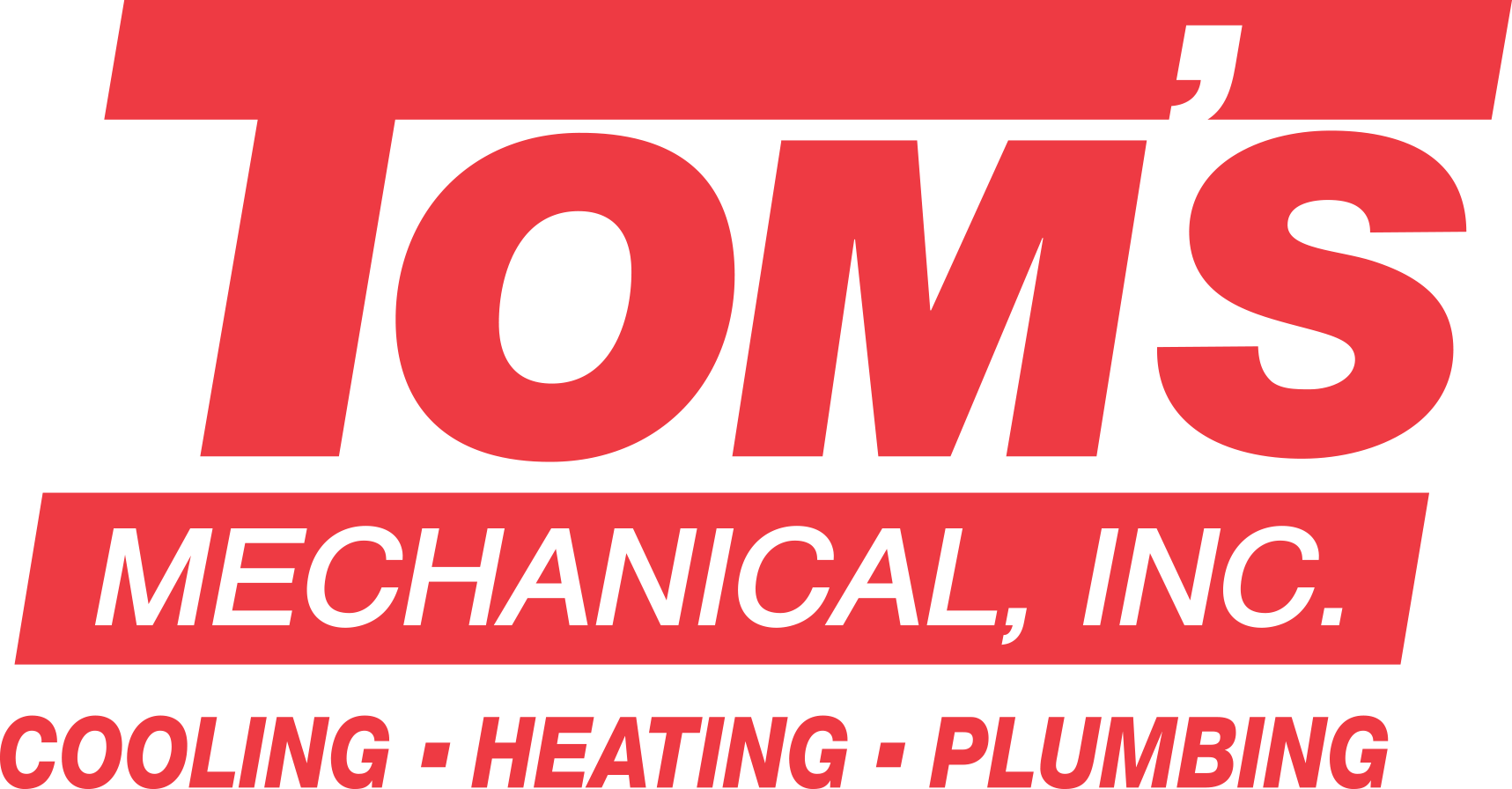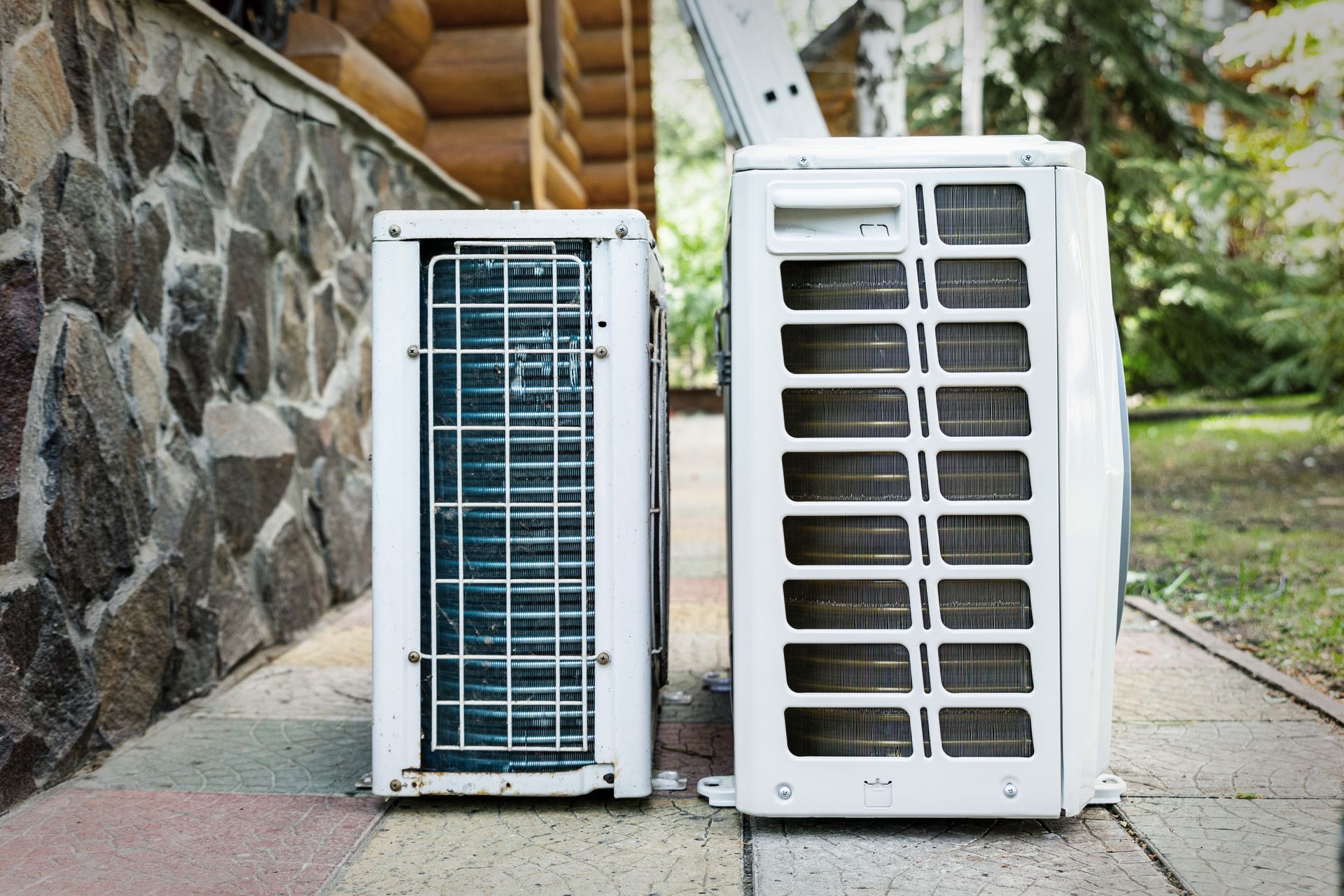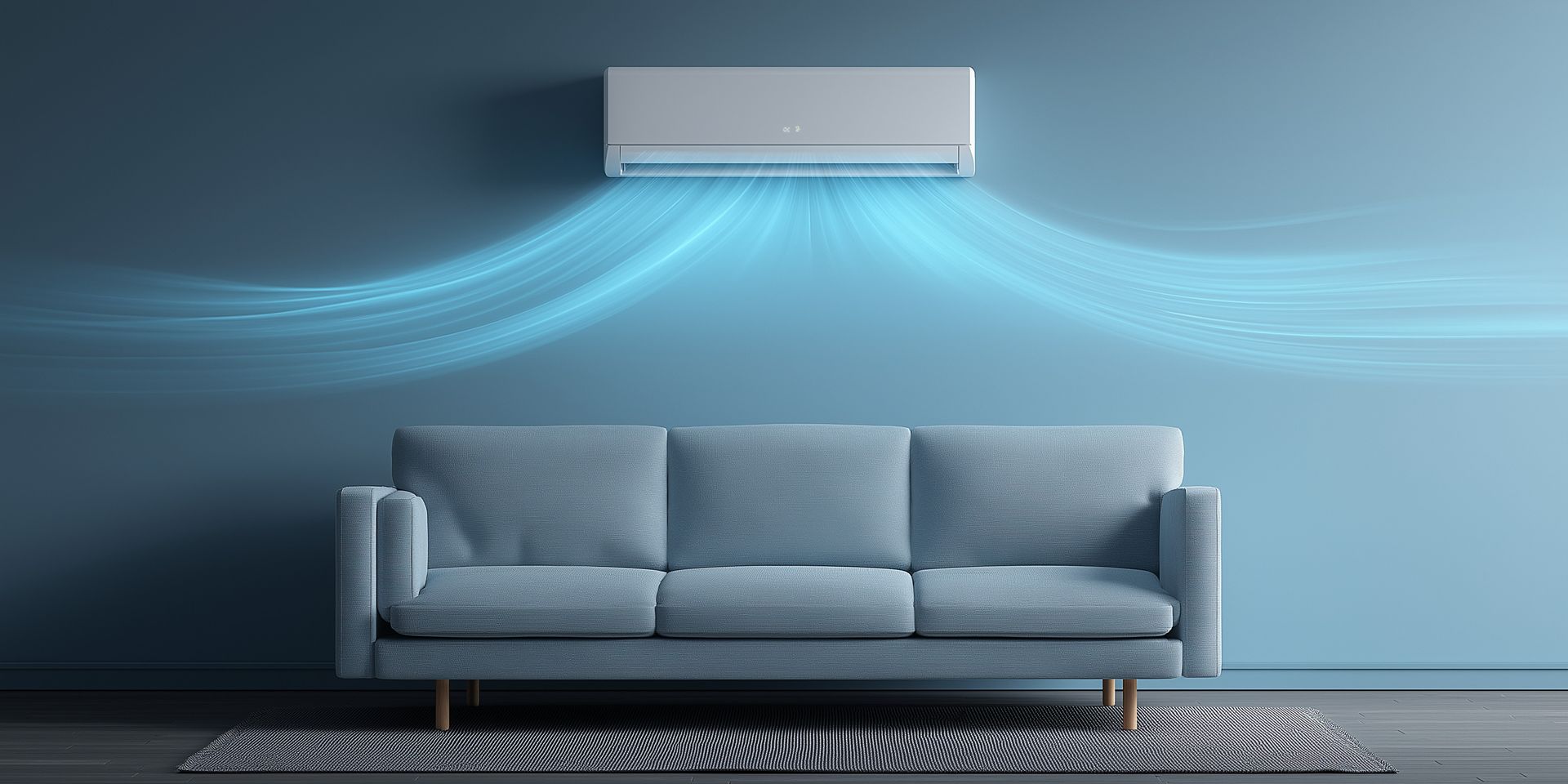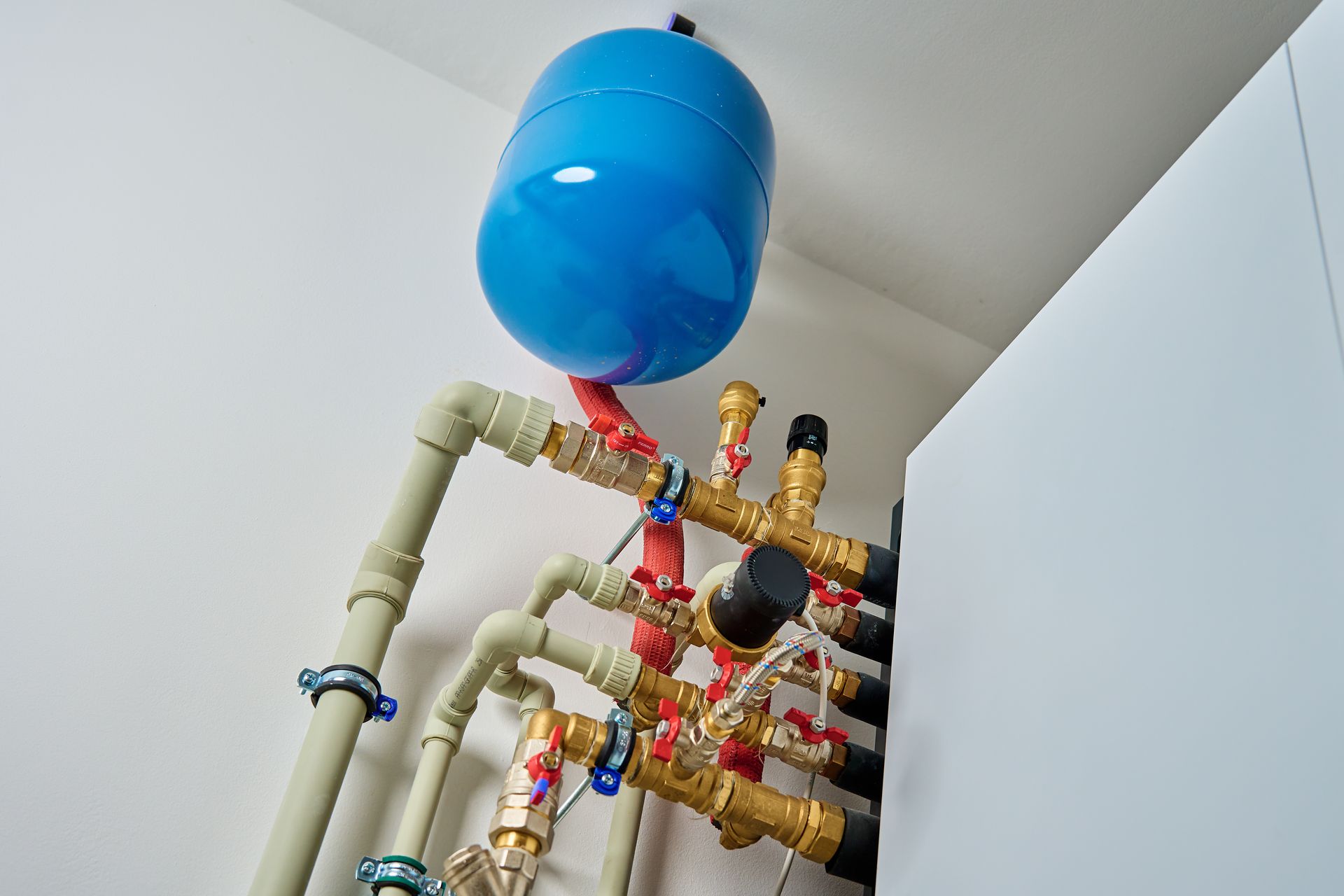Which Mold Types Hang Out In Your Air Ducts?
Regardless of the climate you live in, your air ducts can be the perfect host to a wide variety of mold strains, with some of them able to cause moderate to severe health problems. Never neglect regular maintenance on your air ducts, as your health and the health of your family could be affected by a mold outbreak in your vents. Air duct mold is particularly dangerous for infants, small children, seniors, pets and anyone with a weakened or compromised immune system.
How Mold Enters an Air Duct
Mold typically enters an air duct system any time steady amounts of water or condensation are present in the vents. If an air conditioning unit is infected with a strain of mold, oftentimes it will spread from the air conditioning unit throughout the air duct system. If there is a low spot in your ducts where moisture can pool, then you can bet that mold will eventually be attracted to it. Think about your air ducts, they are the perfect spot for mold to thrive without being stopped, it's dark, untouched, and if it's there, it's growing off the whatever moisture is still occurring.
The best way to prevent mold from growing inside of your air ducts is to keep the ducts as dry as possible and have them regularly cleaned and checked by experienced technicians so that dirt, grime, and other water trapping substances are not present within the airways.
How Can I Tell If There Is Mold In My Air Ducts
There are a number of ways that you as a homeowner can tell if there is mold in your air ducts. Below we list and explain some of the top things that you will want to look-out for.
- Black dust: If you notice black dust around your air conditioning vents, there is a good chance that there is black mold growing inside it. This black dust is usually difficult to wipe off. Black mold is extremely toxic, so if you notice this, we highly advise contacting a professional to get it checked out.
- Smell: Another indicator of mold in your air ducts is smell. Black mold especially has a very distinctive musty odor. If you notice a musty smell, chances are that you have mold in your air conditioner. If left unnoticed, this smell can worsen and become extremely unpleasant for you and your family. Ontop of smelling bad, black mold is also detrimental to your health.
- Moisture: Mold in your air conditioner also creates added moisture inside your home - something that encourages the further growth of mold and bacteria. Indoor moisture created due to mold can be extremely unpleasant.
- Itchy eyes: Another way to check for signs of mold in your air conditioner is to lookout for physical symptoms. Allergic reactions such as itchy eyes, for example, could be a good indicator of mold growth.
- Nausea: Notice if you feel different when your air conditioner is on. If you start feeling nauseous every time you turn on your air conditioning, it may be a sign of mold growth inside your ac vents. This nausea could be accompanied by headaches, dizziness, or unexplainable fatigue. The last thing you want is to be getting headaches or nauseous because of your HVAC systems. If you notice any of these signs, it usually means that there is a good amount of mold that has already grown inside your air conditioning system and that you should get the situation inspected as soon as possible.
- Difficulty breathing or itchy throat: Nausea and headaches are not the only physical indicators of mold growth in your air conditioning system. Mold in your vents can also cause breathing difficulties and a scratchy throat. If you or any member of your family suffer from breathing difficulties already, then all the more reason to get an air conditioning inspection as soon as possible.
If you notice any of the above signs, it is best to contact a professional straight away to avoid potential damages and preserve optimal functioning. Most importantly, however, it is important to get the situation checked out immediately to eliminate any potential health risks associated with mold in your air conditioner. We will talk more about the health problems that exposure from mold in air ducts can cause in our next section below.
Mold In Air Ducts Health Problems
Mold growing in your air ducts will send mold spores out of the duct and into your living space. Once you come into contact with these spores or breathe them into your airways you can be subject to a wide variety of negative health effects, some of them being deadly.
Air duct mold exposure symptoms include:
- Headaches
- Sneezing
- Coughing
- A runny nose
- Eye irritation
- Skin irritation
- Difficulty breathing
- Tightness in the chest
- Severe or fatal neurological issues
7 Common Types of Mold In Air Ducts
- Acremonium - This common type of air duct mold forms over many months or even years. It takes on a white powdery appearance and will typically concentrate around moist or wet parts of your vents.
- Alternaria - This is another extremely common air duct mold strain. It takes on the appearance of velvet-like fabric and is usually green or brown in color. This mold strain needs a significant and constant supply of air duct water.
- Aspergillus - Can take on a wide range of appearances, making it somewhat difficult to identify unless you have a very trained eye. It is commonly found around air duct leaks and can take on a brown, yellow, or white color.
- Fusarium - This mold strain is commonly found in air ducts that have been significantly damaged by water leaks or excess condensation. It is known to spread outside of air ducts and on to wall surfaces prone to receiving condensation.
- Mucor - This type of mold usually grows in air conditioning units. It typically is spread from the air conditioner unit throughout the entire air duct system of a house. It is extremely toxic and needs to be dealt with quickly.
- Stachybotrys - This black-colored mold is very toxic. While it is easy to visually identify, it tends to develop deep in air ducts, making it somewhat difficult to spot. It is known to rapidly spread with adequate moisture.
- Trichoderma - This gray, white, or greenish colored mold needs a steady supply of water to take root in an air duct. Unfortunately, air conditioning units give this mold strain enough airborne moisture to feed on, allowing it to spread rapidly throughout a duct system.
How We Remove Mold From Your Air Conditioner Ducts
Never gamble with your health or the health of your family by allowing mold to grow unchecked within your air ducts. At Tom's Mechanical, we are certified professionals with years of experience in cleaning air ducts to ensure they do not possess the right conditions for mold strains to grow.
If mold is present within your air ducts, we can identify the exact mold strain present and immediately get to work at removing it. To remove it, we typically use HVAC systems that can safely suck the mold out of the ducts, preventing it from traveling further into your living space. In some cases, we can even manually clean the mold using special anti-mold treatments that are non-toxic and highly effective.
Contact Tom's Mechanical today to schedule your next duct cleaning service.



